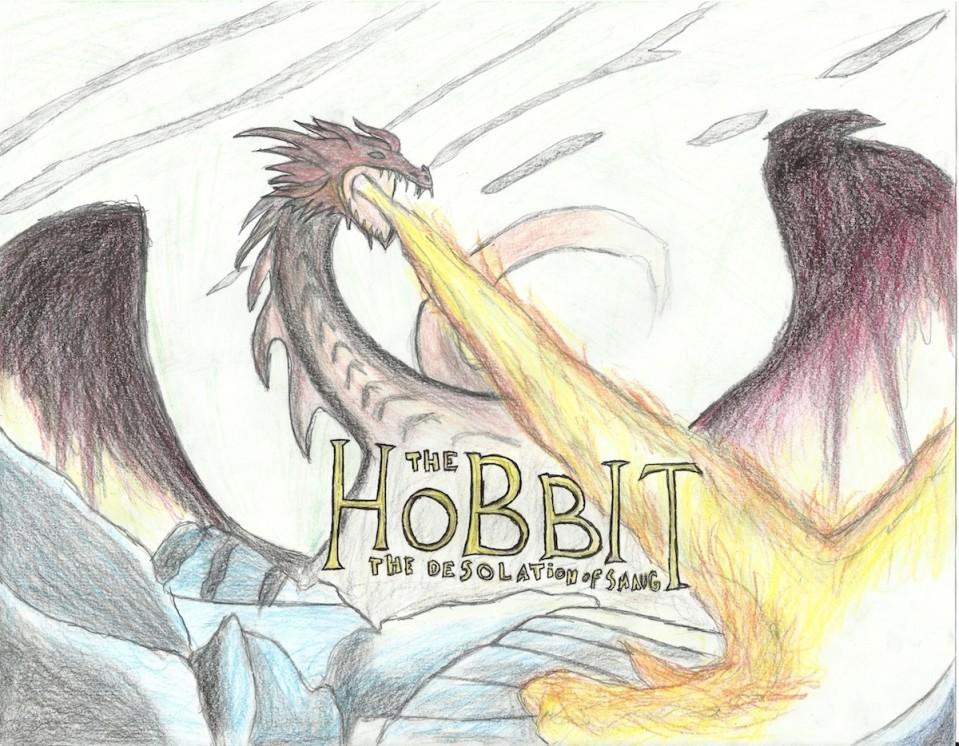“The Hobbit: The Desolation of Smaug” takes viewers there and back again
Sequel improves on previous film’s inadequacies
December 13, 2013
Following the jovial tone of its predecessor, the latest Hobbit movie introduces a new tone for the trilogy as it nears its final film.
“The Desolation of Smaug,” directed by Peter Jackson, focuses on Bilbo (Martin Freeman) and his gang’s journey from the Misty Mountains toward their final destination, the fabled Lonely Mountain and lair of the monstrous dragon Smaug (Benedict Cumberbatch). Along the way they encounter agile wood elves, fend off spiders and encounter the people of Laketown, who are still recovering from Smaug’s reign of terror and destruction. Meanwhile, Gandalf the Grey (Ian McKellan) enlists the help of Radagast the Brown (Sylvester McCoy) to fight against the evil Necromancer (Benedict Cumberbatch) at Dol Guldur, a foreboding and breeding ground for an ancient foe.
Whereas “The Hobbit: An Unexpected Journey” took a much more lighthearted tone in retelling the classic fantasy epic, “The Desolation of Smaug” introduces darker and heavier themes. However, it still retains some humorous aspects of previous films while establishing a different tone from the original trilogy. Unlike the first film, which was primarily composed of light shots and colors, “The Desolation of Smaug” contrasts light and dark much more, setting up the transition for the final installment next year.
While viewers can sit in awe in Jackson’s artistic rendering of the fantasy world, much of the draw of the movie comes from the acting and characterization of McKellan and Freeman, while Cumberbatch does a great job voicing both villains. While Radagast is very briefly mentioned in “The Lord of the Rings,” McCoy’s interpretation of the character is a bit too whimsical and inconsistent in terms of a wizard, who are supposed to be strong and mythical figures within the series.
Howard Shore returns for the fifth time to compose the score for Jackson’s films, and once again proves extremely successful in capturing the mood of the movie while infusing styles of epicness and fantasy within his music.
A notable omission, however, is that the ending of the film leaves the next entry in the series with about 15 pages of original material from the book, leaving fans to wonder what direction Jackson will take the ending to the story.
Overall, “The Desolation of Smaug” represents a serious step up from its predecessor’s shortcomings and despite the amount of material covered within the movie and portrayal of some characters, it puts fans on the edge of their seats in anticipation of the final film.



